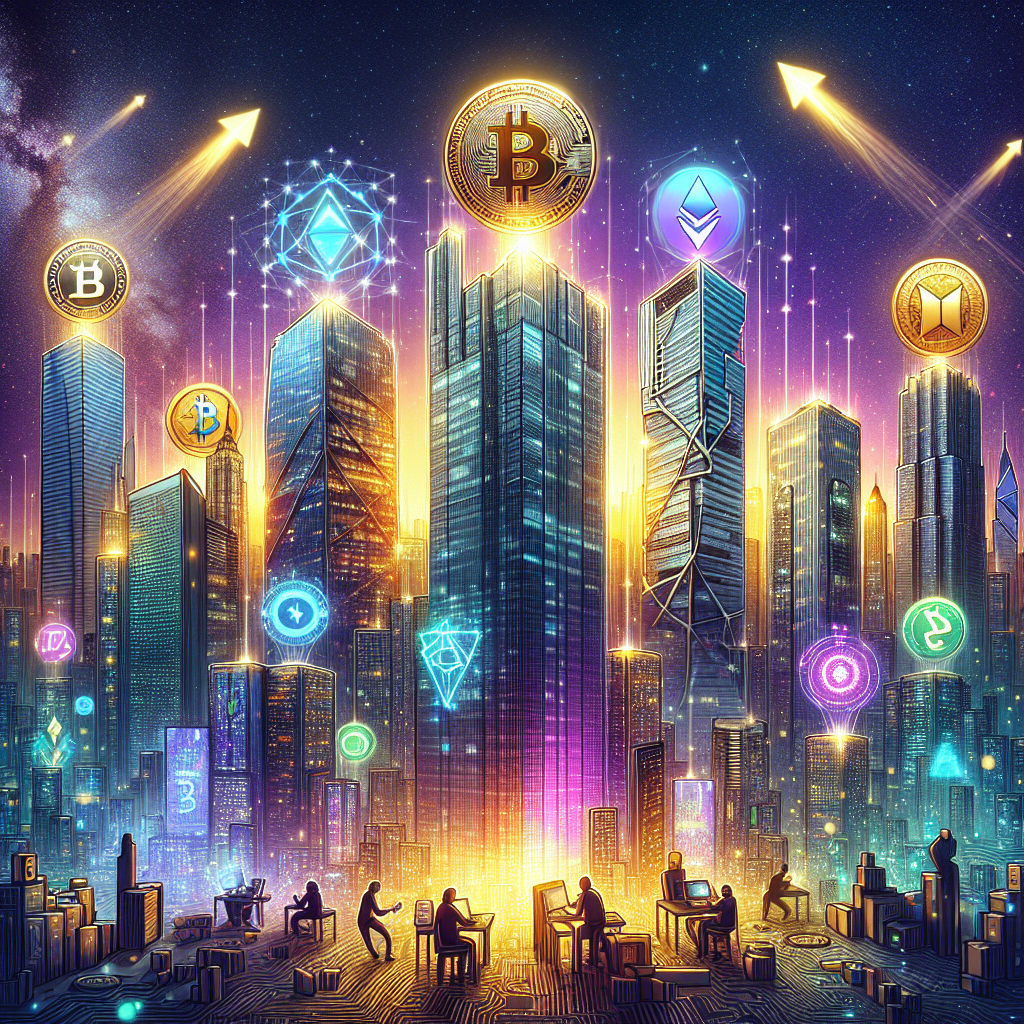Ripple’s XRP is once again gaining serious traction in the crypto world. After years of legal challenges and market volatility, XRP is showing signs of strength in 2025. In this article, we’ll explore the current XRP price, recent news (including legal updates and the potential for an XRP ETF), and provide a balanced personal take on whether Ripple’s native token could still be a strong contender for the future of cross-border payments.
XRP Price Today (as of May 1, 2025)
- Current Price: $2.32 USD
- 24h Range: $2.28 – $2.39
- Market Cap: ~$135.7 Billion
- Circulating Supply: 58.1 Billion XRP
- All-Time High: $3.40 USD (January 2018)
XRP currently ranks #4 among all cryptocurrencies by market capitalization. Its recent price movements suggest renewed investor confidence, driven by both macro events and project-specific progress.
Legal Clarity: Ripple vs. SEC Outcome
One of the most significant shifts in XRP’s trajectory came in July 2024, when a U.S. federal court ruled that XRP is not a security when sold on secondary markets. This decision ended years of uncertainty surrounding the SEC lawsuit against Ripple Labs.
The verdict gave Ripple and XRP much-needed regulatory breathing room. Institutional investors, who had previously held back due to legal risks, are now re-entering the conversation. Regulatory clarity, long considered a barrier, now acts as a potential growth catalyst.
XRP ETF on the Horizon?
In April 2025, Nasdaq filed a formal application with the SEC for a spot XRP ETF. Industry insiders now estimate an 80% chance of approval. If greenlit, this would mark a major milestone for XRP — opening doors for traditional investors to gain exposure through regulated financial products.
Just as Bitcoin ETFs unlocked massive capital inflows in 2024, XRP could experience a similar uptick. It’s not only a validation of legitimacy but also a powerful tool for increasing liquidity and market presence.
🇺🇸 Political Winds Favor Crypto?
Interestingly, XRP has also seen price momentum following Donald Trump’s re-election in late 2024. Trump’s administration is widely viewed as crypto-friendly, favoring innovation over heavy regulation. While political sentiment shouldn’t be overemphasized in investment decisions, it’s clear that broader U.S. policy is shifting toward a more open stance on digital assets — Ripple included.
Personal but Neutral Take on XRP’s Future
XRP in 2025 is in a stronger position than it’s been in years. Regulatory clarity, the potential for an ETF, and renewed institutional interest paint a bullish picture. Ripple continues to focus on solving real-world problems, particularly in cross-border payments — an area where traditional finance is still slow and expensive.
However, it’s important to be cautious. Crypto remains inherently volatile. XRP’s price could still swing wildly based on global regulations, macroeconomic changes, or shifts in investor sentiment. No investment is without risk — and that’s especially true in the world of digital assets.
That said, XRP does offer something few other coins can: a blend of real-world utility, legal progress, and institutional interest. For those who believe in Ripple’s long-term vision, XRP may still represent a worthwhile component of a diversified crypto portfolio.
Conclusion: What’s Next for XRP in 2025?
XRP has made major strides over the past year, transforming from a legal underdog into a serious contender in global finance. The next few months will be critical:
- Will the XRP ETF be approved?
- Can Ripple expand adoption among financial institutions?
- Will market sentiment remain positive?
While the answers are yet to come, one thing is clear: XRP is once again worth paying close attention to.
Disclaimer: This article is for informational purposes only and does not constitute financial or investment advice. Always do your own research and consider consulting a licensed advisor.

